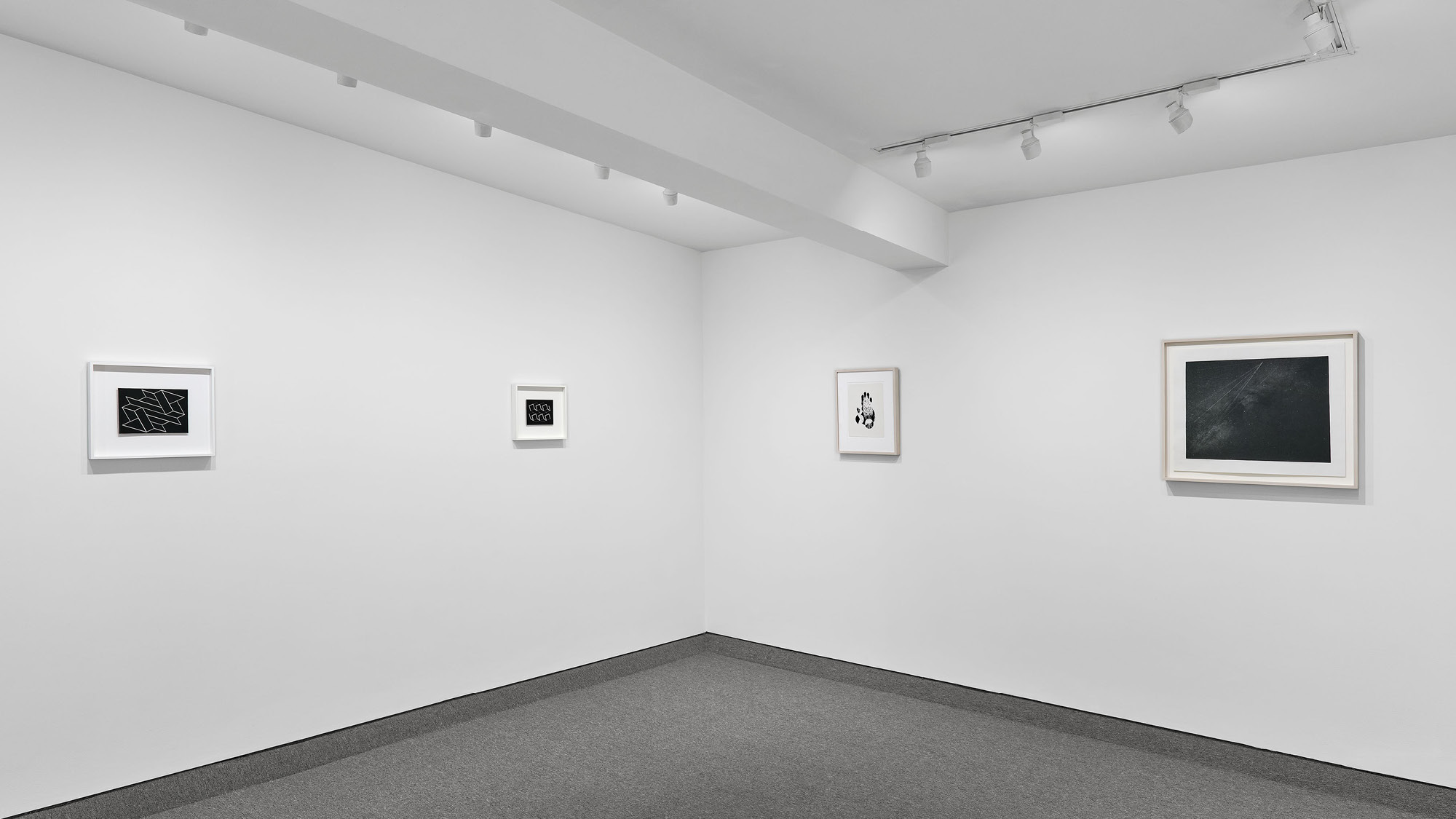
In “Schemata,” Krakow Witkin Gallery presents works by four artists, from the mid-twentieth century to the present, who examine the relationship of strict geometry and the mechanical image with organic form and visual perception.
Josef Albers
Josef Albers began exploring machine-engraved laminated vinyl at approximately the same time he began the first “Homage to the Square” paintings. As Jeannette Redensek explains, “to study the perception of color, the painter restricted himself to just four compositional formats for the next twenty-six years; to study perception of space, he limited himself to linear constructions.”
To make the “Structural Constellations” on view in the exhibition, Albers cut lines into a laminated plastic called “Vinylite” (or “Resopal” in Germany). To do so, Albers engaged machine shops (which normally would be engraving signs for dentist and lawyer offices or even the instrument panels for submarines). The process consists of using a pantograph, where the movement of tracing Albers’s template with one arm of the device produces identical movements in the second arm (which has a router to cut the shape into the laminated plastic). A pantograph allows for multiple size variations from the same template. Furthermore, the laminated vinyl has a black top layer and a white under-layer. The router cuts through the black, exposing the white, so as to create both a sculpted recess and a white line. This simple process, combined with the illusion within the imagery, demonstrates one of Albers’s true gifts— the delicate balance between complexity and simplicity.
Gabriel Orozco
Gabriel Orozco’s work includes spontaneous interventions and transformations of materials encountered in daily landscapes. His interventions exist on site, in transit, by chance, in diverse geographic contexts throughout the globe, and favor an economy of means that includes industrial objects, debris, and ephemera, as well as fine art materials. Orozco’s strategy in observing the unnoticed, in seizing an instant or a situation, and in creating new materials from old, is to subtly challenge perceptions.
The drawing currently on view was created during travels in the rainforest of San José, Costa Rica, in Mexico City, in New York, and in Paris, all places where he spent time in 2001. In his daily ambulatory forays, Orozco equipped himself with basic drawing instruments and easily portable small format paper. The artist balanced organic (imprints of the hand and a lead) and geometric (three types of circles: cut, drawn, and in-filled) shapes to create a visual experience as much about balance and repetition as it is about discovery and the unfamiliar.
Trevor Paglen
“I’ve always thought about the moon— and beyond that outer space in general — as an extension of the West in the American imagination. We tend to imagine the moon and other places as a ‘frontier’ to be ‘explored’ or ‘conquered.’”
– Trevor Paglen
In his statement Paglen refers to classic works by Muybridge, O’Sullivan, Watkins, Hillers, and other 19th century “frontier” photographers. While one often encounters these historical referents in a museum setting, many of these seminal images were originally produced for the US Department of War on military “reconnaissance” surveys and are embedded with the colonial narratives of Western Expansion. Paglen asks what a contemporary iteration of frontier photography would reveal about our current structures of power.
With the advent of computer vision and artificial intelligence, the role of images and photographs has changed dramatically. From industrial fabrication and self-driving cars to facial recognition and biometric surveillance, algorithms are the invisible background to our daily lives. Paglen investigates the formal and conceptual logics of computer vision and AI by using modified machine vision software to produce images revealing the internal mechanisms of the algorithms. Paglen translates his 8×10 negatives into digital files that can be read by AI. He then overlays lines, circles and strokes that signify how computer vision algorithms attempt to “see” by creating mathematical abstractions from images.
James Turrell
Over more than six decades, James Turrell has worked with light via projections, sensory deprivation, color fields, and site-specific interventions. Through his installations, Turrell encourages viewers to be aware of the function of our own senses and of the experience light as a tangible element. Turrell’s fascination with the phenomena of light is related to his personal search for humans’ place in the universe. Influenced by his Quaker upbringing, which he characterizes as having a “straightforward, strict presentation of the sublime,” Turrell’s art prompts self-awareness through a discipline of contemplation, patience, and meditation.
Turrell has periodically turned to print-making to present his ideas outside of these installations. In the work on view, a rare complete suite of four aquatints from 1990, the subtle gradations and the vanishingly delicate line work use the subtraction of light with ink to mirror the luminosity of the artist’s works in space.

Object size: 6 1/2 x 9 1/16 inches (16.5 x 23 cm)
Frame size: 13 1/4 x 15 3/4 inches (33.7 x 40 cm)
Engraved, verso, monogram “A”, with a dated dedication “für Margit Stafer 17 II A 1975” verso top left
(Inventory #37228)
Object size: 6 1/2 x 9 1/16 inches (16.5 x 23 cm)
Frame size: 13 1/4 x 15 3/4 inches (33.7 x 40 cm)
Engraved, verso, monogram “A”, with a dated dedication “für Margit Stafer 17 II A 1975” verso top left
(Inventory #37228)
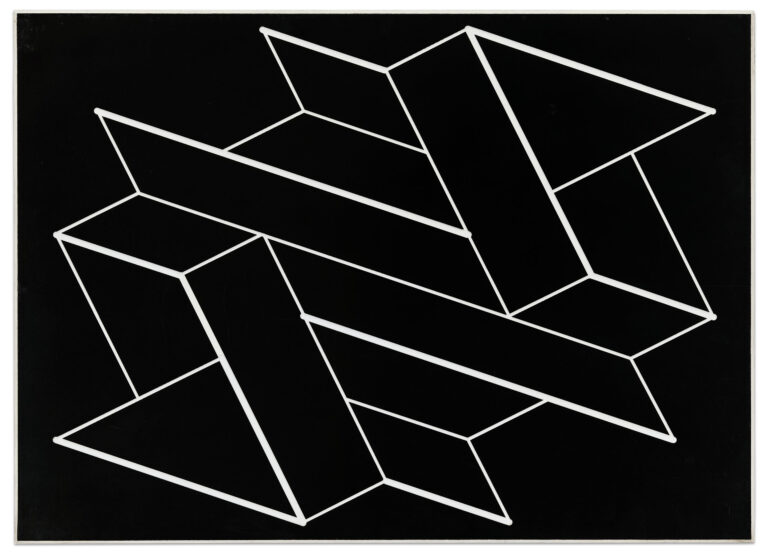
Object size: 5 1/8 x 6 11/16 inches (13 x 17 cm)
Frame size: 10 3/4 x 12 3/8 inches (27.3 x 31.4 cm)
Engraved, verso, monogram “A”, with a dated dedication “for Margit 8 X 65”
(Inventory #37227)
Object size: 5 1/8 x 6 11/16 inches (13 x 17 cm)
Frame size: 10 3/4 x 12 3/8 inches (27.3 x 31.4 cm)
Engraved, verso, monogram “A”, with a dated dedication “for Margit 8 X 65”
(Inventory #37227)
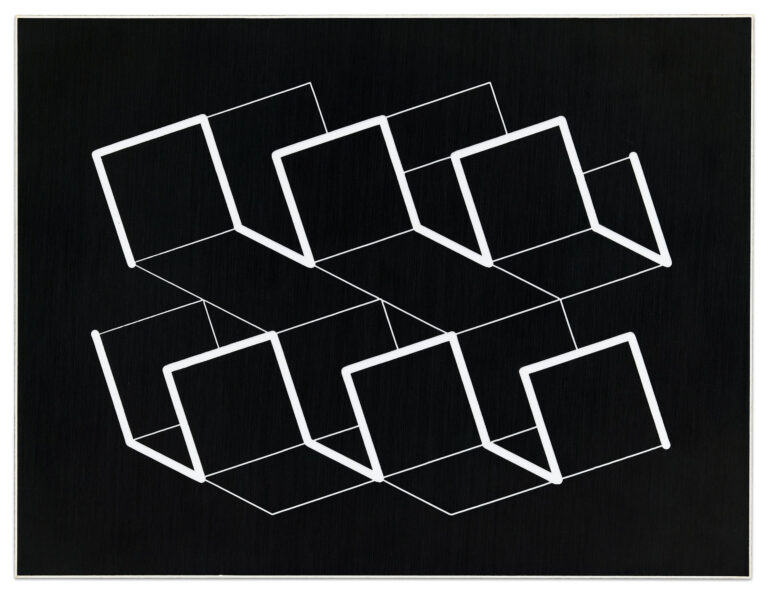
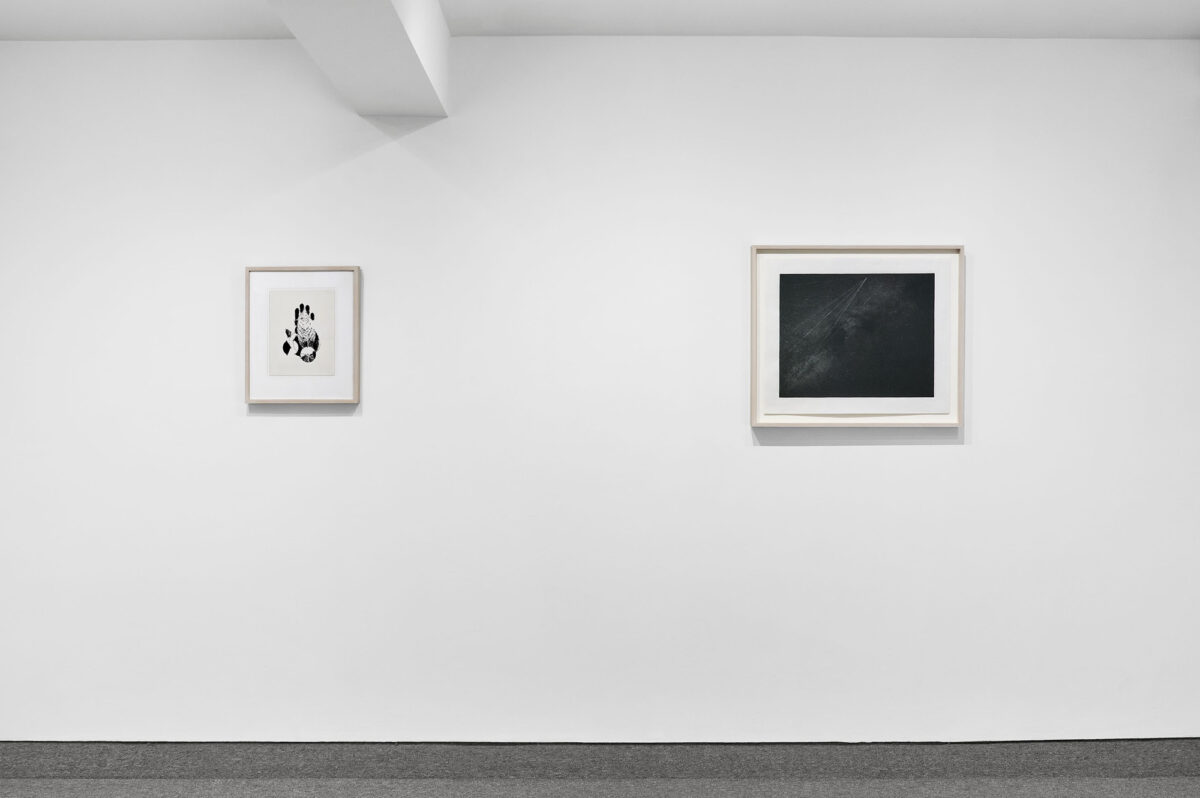
Paper size: 11 x 8 1/2 inches (27.9 x 21.6 cm)
Frame size: 17 5/8 x 14 1/2 inches (44.8 x 36.8 cm)
Signed and dated verso
(Inventory #36847)
Paper size: 11 x 8 1/2 inches (27.9 x 21.6 cm)
Frame size: 17 5/8 x 14 1/2 inches (44.8 x 36.8 cm)
Signed and dated verso
(Inventory #36847)
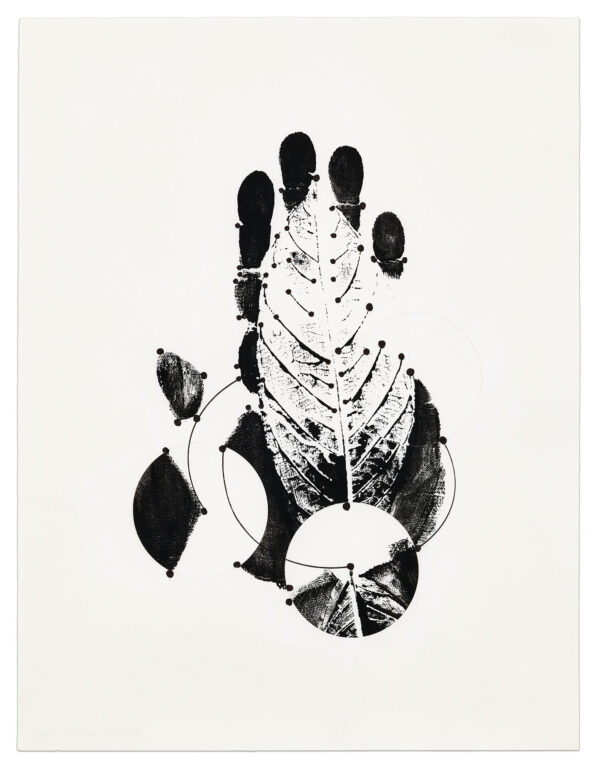
Image size: 16 x 20 inches (40.6 x 50.8 cm)
Paper size: 20 x 24 inches (50.8 x 61 cm)
Frame size: 23 x 27 inches (58.4 x 68.6 cm)
Edition of 5, 1 AP
Signed on accompanying certificate
(Inventory #37306)
Image size: 16 x 20 inches (40.6 x 50.8 cm)
Paper size: 20 x 24 inches (50.8 x 61 cm)
Frame size: 23 x 27 inches (58.4 x 68.6 cm)
Edition of 5, 1 AP
Signed on accompanying certificate
(Inventory #37306)
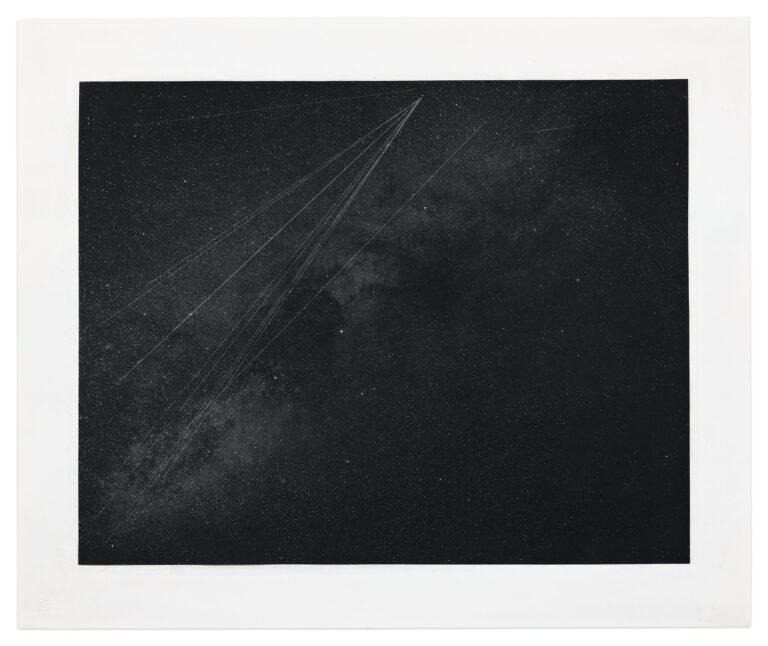

Paper size (each): 10 x 8 1/4 inches (25.5 x 21 cm)
Frame size (each): 12 x 10 inches (30.5 x 25.4 cm)
Edition of 40, 10 AP
Signed and numbered
(Inventory #35117)
Paper size (each): 10 x 8 1/4 inches (25.5 x 21 cm)
Frame size (each): 12 x 10 inches (30.5 x 25.4 cm)
Edition of 40, 10 AP
Signed and numbered
(Inventory #35117)

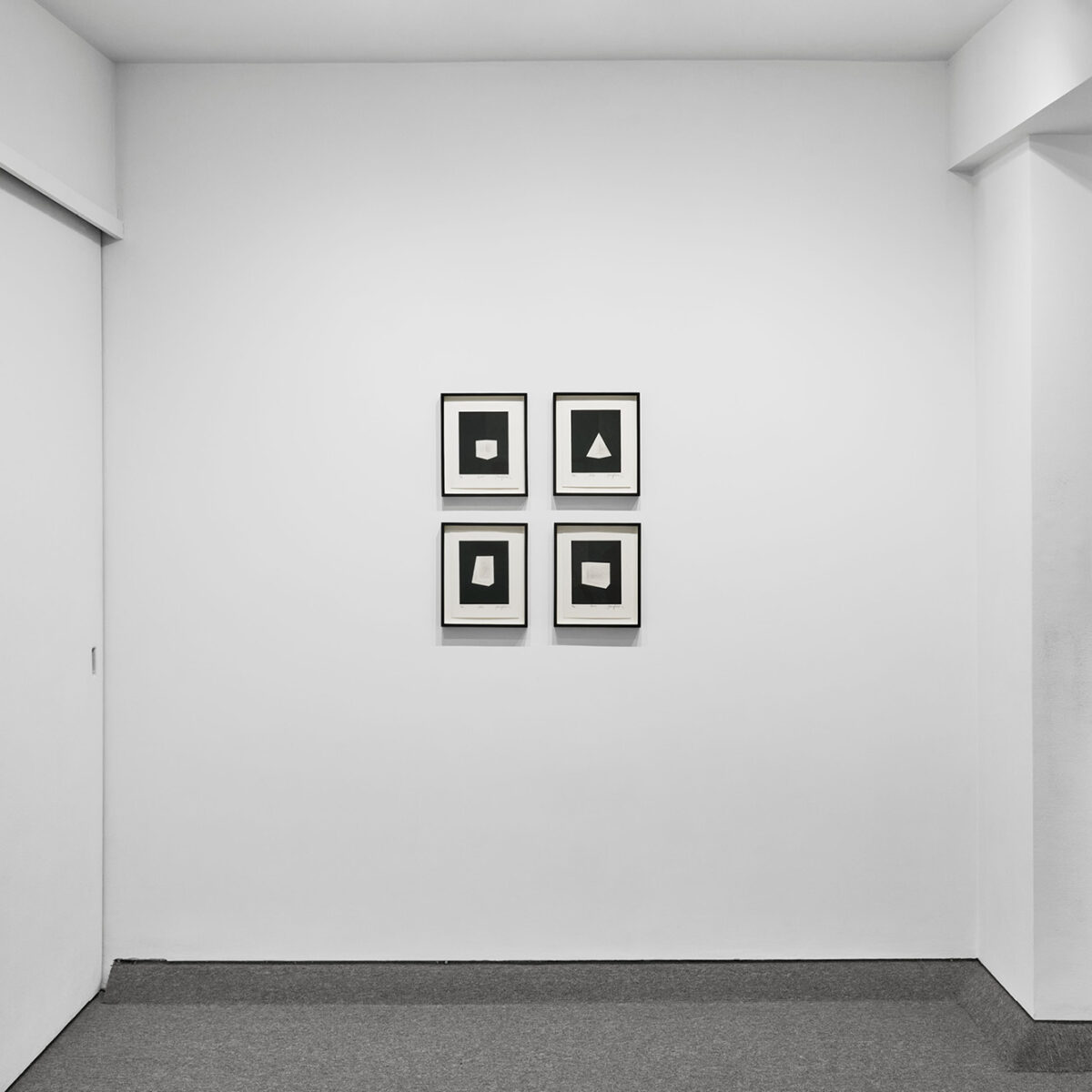
No results found.
10 Newbury Street, Boston, Massachusetts 02116
617-262-4490 | info@krakowwitkingallery.com
The gallery is free and open to the public Tuesday – Saturday, 10am – 5:30pm